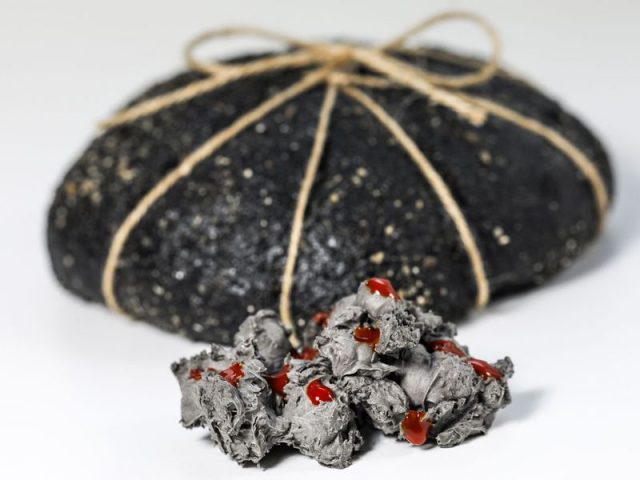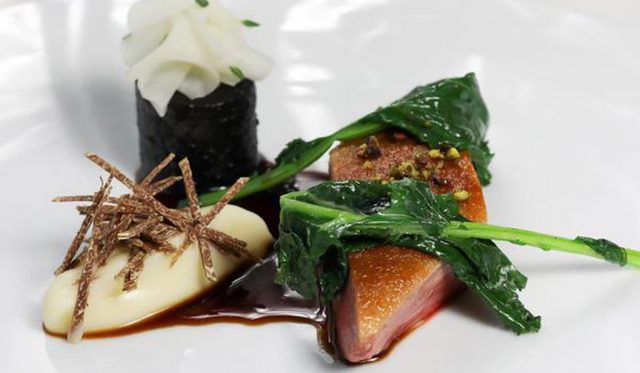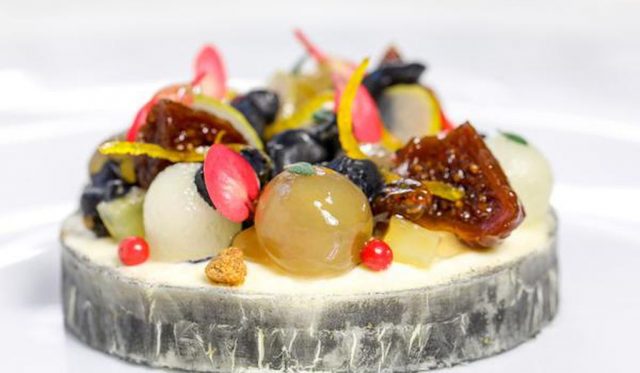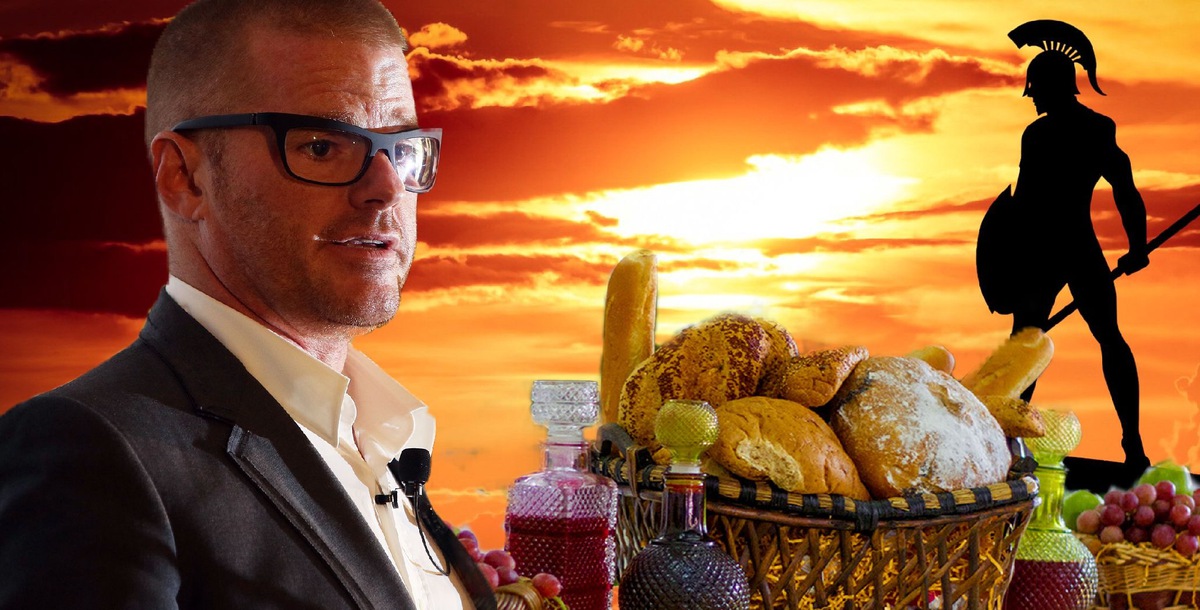Famous final meals are on the menu at London restaurant Dinner by Heston. Going out for supper can be a lavish affair, one for which folks dress up in their best finery, don their fanciest jewelry, and gather together with friends or family to eat great food, often one-of-a-kind entrees dreamed up by talented chefs.
The most inspired menus are usually those that feature foods we don’t — or can’t — make at home, like special seafood dishes or tricky-to-make desserts, like Baked Alaska or creme brulee. The more original the offering and the more creative the chef, the better the food.
Now, a chef in London has taken the notion of originality and creativity and given it a slightly dark bent, by devising “last supper” items for his restaurant’s menu. Heston Blumenthal, a chef and restaurateur with dining spots in England and Australia, is about to offer customers at his restaurant three menus of final meals early in 2020 that are probable “last suppers” for: the people of Pompeii (before the volcano hit,) Napoleon Bonaparte (before he died on May 5th, 1821) and the folks aboard the Titanic, (just before the iceberg hit on May 31st, 1911).

If the concept sounds a little kooky — and more than a little morbid — the menu items sound delicious. First up at Dinner By Heston in London is the Pompeii meal. It is being done as a tribute, of sorts, to an exhibit at the Ashmolean University in Oxford, called “Last Supper In Pompeii,” which runs until January 12th, 2020.

Goodies coming include Roman roast duck, black turnip, and Bay of Naples butter, which is infused with squid ink to darken it. Pickled mussels are also on the menu. Fortunately, Blumenthal is not offering stuffed dormouse, apparently a dish the folks of Pompeii enjoyed as an appetizer. The hapless creature was stuffed with pork and spices and baked, then served as a starter.

Certain liberties have been taken, of course, by Blumenthal and his executive chef Ashley Palmer-Watts. After all, the Romans did not use the most sanitary or safe cooking methods, so the chefs have not strictly followed their kitchen prep routines, but rather used their recipes — and the exhibit — as inspiration for their dishes.

They also used a 1st century Roman cookbook, entitled Apicus, for inspiration. But as Blumenthal recently told the New York Times, “This isn’t slavishly following Roman recipes. The past is a jumping off point.” For example, the exhibit shows a loaf of blackened, carbonized bread that was captured, so to speak, in the flow of lava. Blumenthal will indeed serve black bread, but it will be made with modern culinary skill, not ash.
The exhibit hosts an intriguing peek into the foods of ancient Rome, including a jug of olive oil, many centuries old, that experts say still has the pungent aroma of modern olive oil. There’s a loaf of carbonized bread, too, and displays of figs, almonds and dates. Anything not excavated from the actual site of Pompeii has been “filled in” by the knowledge and ideas of museum staff.
Text for the show explains clearly the close relationship between Romans, their food, and the constant reminder that death was lurking everywhere.
It reads, in part, “The two worlds of death and the banquet, the table and the grave, were never far apart. The message is very clear: Carpe Diem — seize the day. Enjoy the delights of the banquet while you can.”
The museum is sponsoring a contest until January 31st that will give two lucky diners the chance to eat a complimentary meal at Dinner By Heston, which is offering the Pompeii meal until March 31st. The meal includes wine, and of course dessert — also inspired by ancient Rome — known as Libum, a concoction of baked cheese curds.
Related Article: Bizarre Foods: The Ancient “Caviar” of the Aztecs is Still Enjoyed Today
There is not word yet on what the final meals will be at the restaurant when it’s Napoleon’s turn to inspire this pair of chefs, nor the Titanic’s likely last meal. But no doubt they will be sumptuous, delicious, and unique — and designed to make mouths water. And if a little history slips in with the meal, that’s even better.
